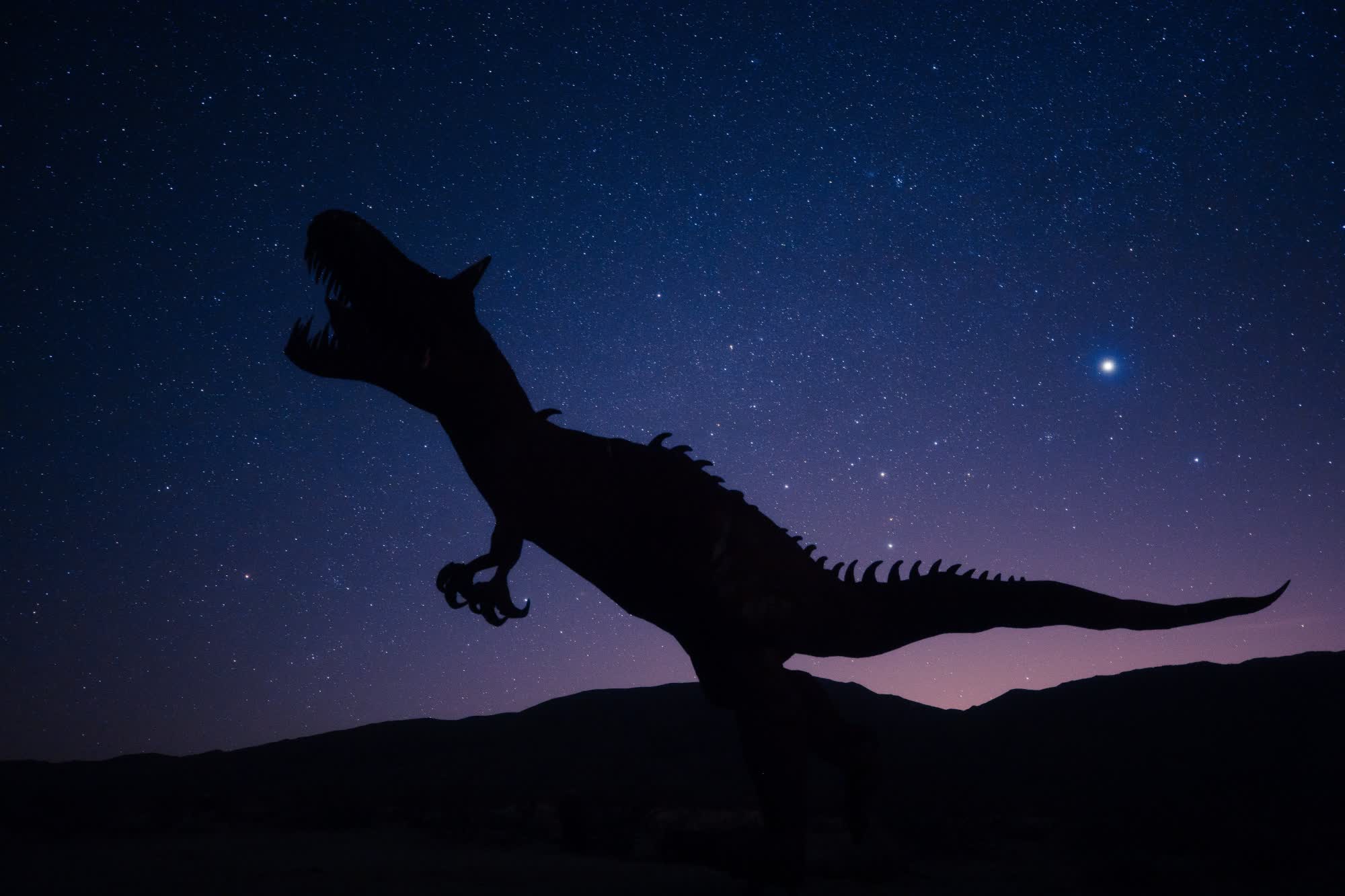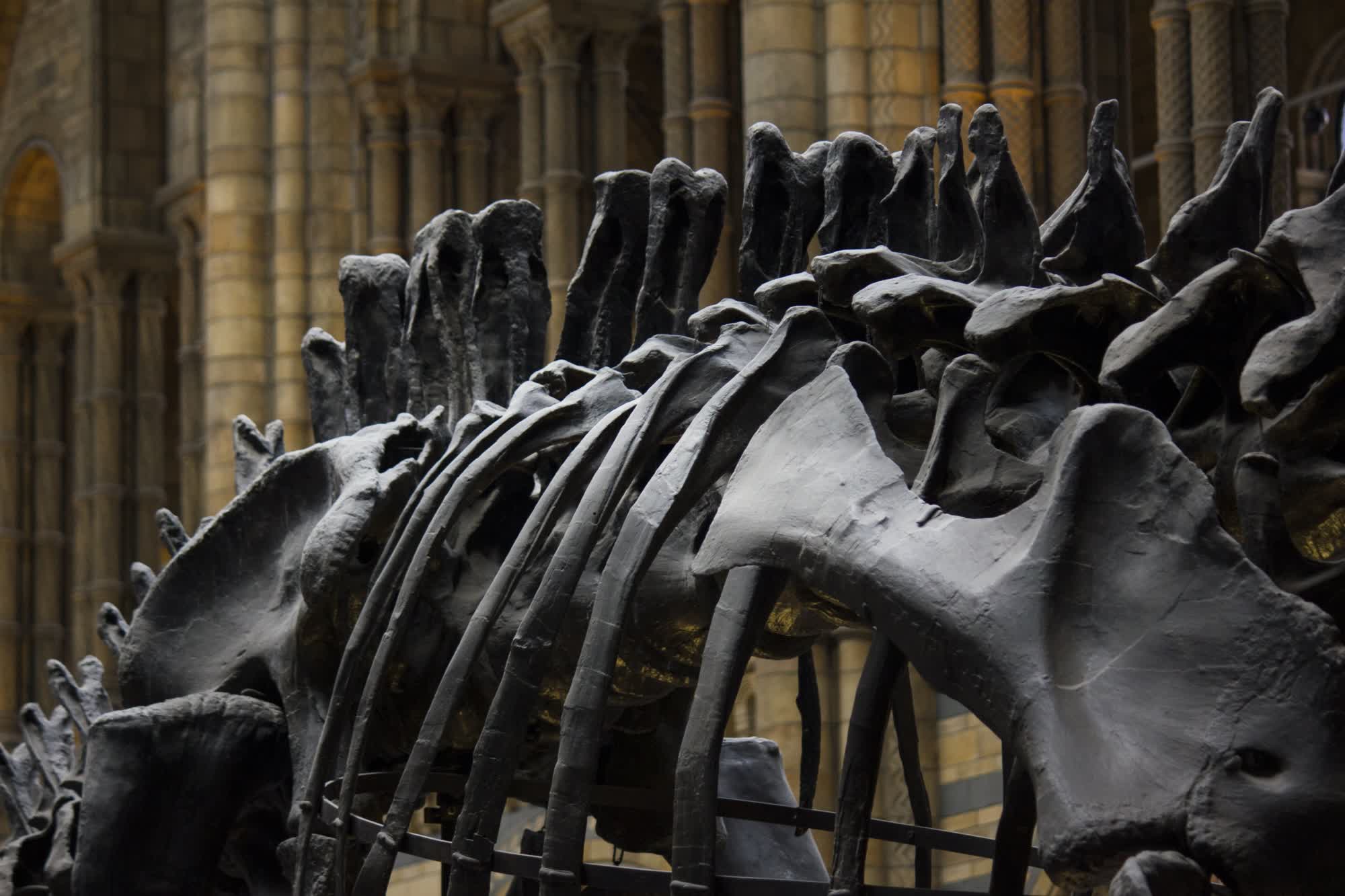The big picture: A massive asteroid slammed into Earth roughly 66 million years ago, triggering a cataclysmic event that wiped out roughly 75 percent of all life on the planet. Now, researchers have a new theory on exactly how the impact altered Earth's history and led to the extinction of the dinosaurs.
Scientists have long believed that sulfur from the impact, or perhaps soot generated from global wildfires triggered by the hit, lingered in the air for years. The resulting dark winter "totally shut down photosynthesis" in plants and lowered global temperatures by as much as 15 degrees Celsius.
Newly published research on the subject, however, reached the same conclusion but took a different route to get there. It is now believed that dust from the impact, not sulfur or soot, primarily led to the dark winter.
The researchers point to dust particles found nearly 1,900 miles away from the suspected Chicxulub impact zone to support their theory. The particles, which measured 0.8 to 8.0 micrometers and were found at the Tanis fossil site in North Dakota, would have been the perfect size to linger in the atmosphere for up to 15 years, and are dated to directly after the asteroid stuck.

The team entered the new data into current-day climate models and now suspect dust played a much larger role in the extinction event. They estimate that 75 percent of the material that was stirred up was dust, 24 percent was sulfur, and just one percent was soot from wildfires. Either way, the particles lingered in the atmosphere long enough to cause a "catastrophic collapse" of life, said Ozgur Karatekin, a researcher at the Royal Observatory of Belgium and a co-author on the study.
This isn't the first time the dust theory has been floated. In 1980, a team led by father and son scientists Luis and Walter Alvarez came to a similar conclusion about the asteroid impact and resulting dust cloud. Their hypothesis didn't gain a ton of traction until the Chicxulub crater was discovered in the Yucatan Peninsula in the early 90s.
